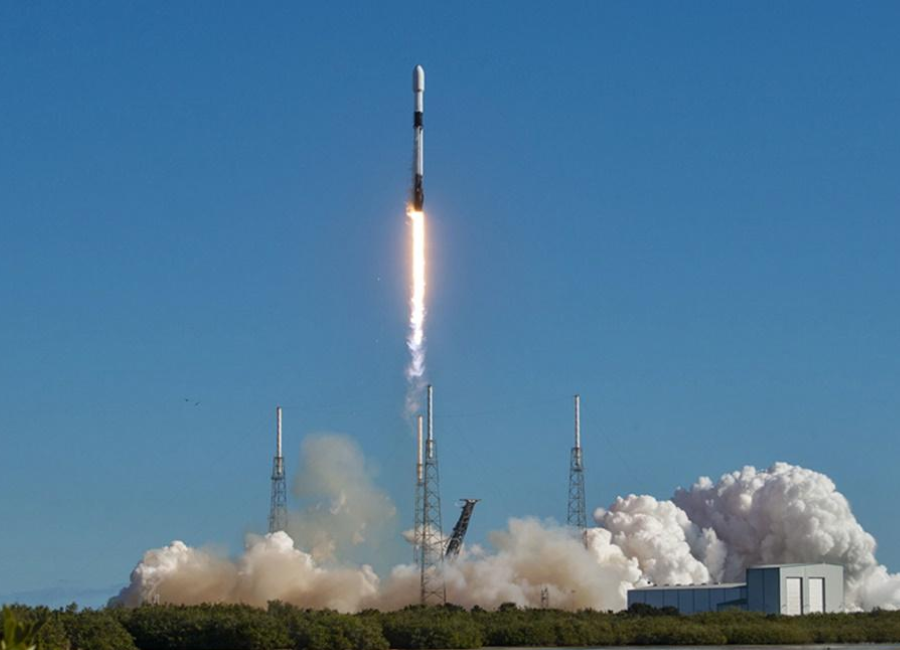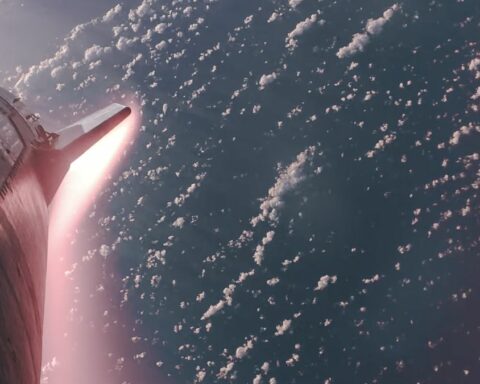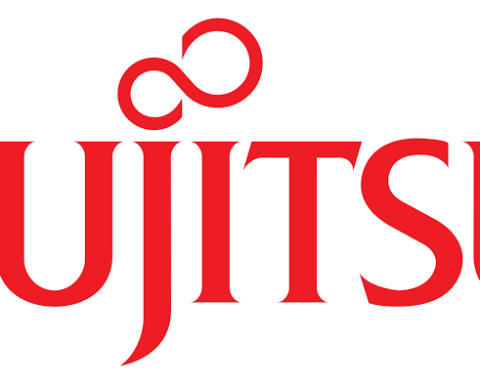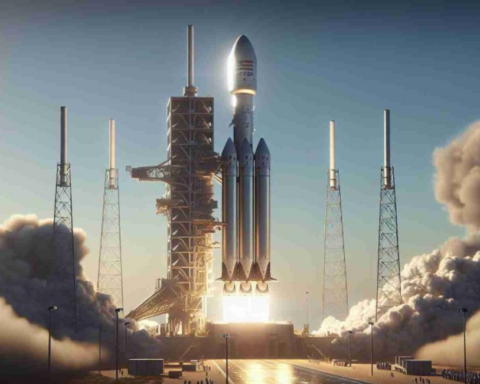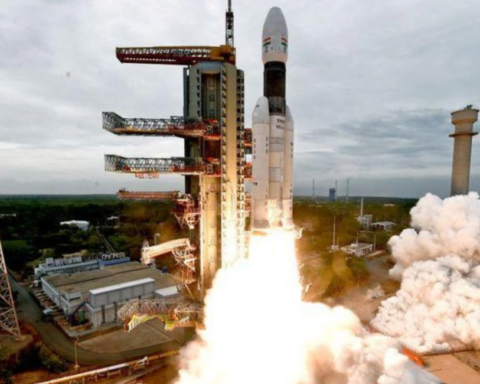ISRO is preparing to launch its communication satellite GSAT-20, weighing 4,700kg, with plans to use Elon Musk’s SpaceX Falcon 9 rocket for the mission. This move represents a significant collaboration between ISRO and SpaceX and is scheduled for the second quarter of 2024. The GSAT-20 aims to provide cost-effective high-throughput satellite services, focusing on broadband connectivity, IFMC, and cellular backhaul in remote and unconnected regions.
The satellite, featuring 32 beams for Pan-India coverage, has secured most of its high-throughput capacity from Indian service providers. The GSAT-20’s capabilities include an HTS capacity of nearly 48gbps, designed to meet the demanding service requirements of remote areas. While ISRO previously relied on Arianespace’s Ariane rockets for payloads exceeding four tons, the collaboration with SpaceX emphasizes cost efficiency.

Despite some private satellite entities in India opting for SpaceX’s rockets due to lower costs, ISRO remains committed to advancing its capabilities. The organization is actively working on a semi-cryogenic engine crucial for rockets carrying payloads over four tons. The semi-cryogenic engine is set to undergo testing in the near future, utilizing a propellant combination of Liquid Oxygen (LOX) and Kerosene to power the booster stages of upcoming rockets.
However, ISRO faced a setback in July 2023 during the first hot test of an intermediate configuration of the semi-cryogenic engine at the ISRO Propulsion Complex (IPRC) in Tamil Nadu. The test experienced an unforeseen spike in turbine pressure, leading to a loss of turbine speed and the subsequent termination of the test. Despite this setback, ISRO continues its efforts to enhance its capabilities and expand its presence in the field of satellite technology.



